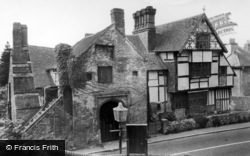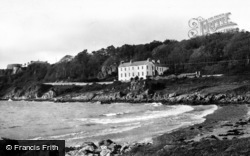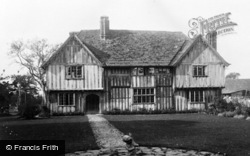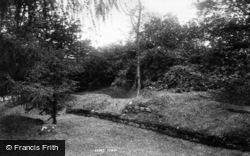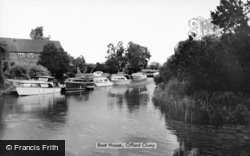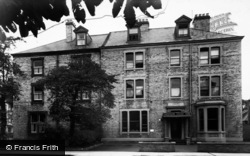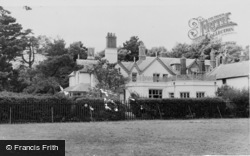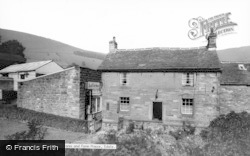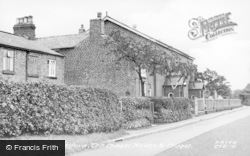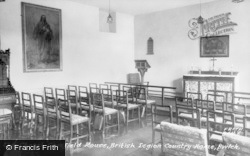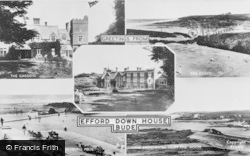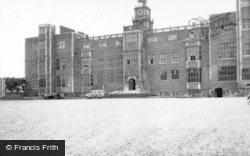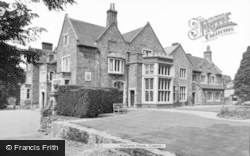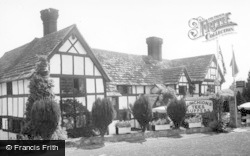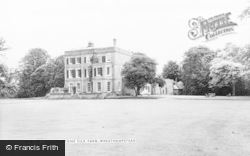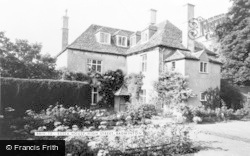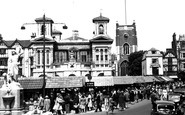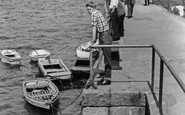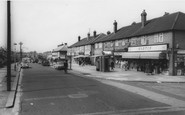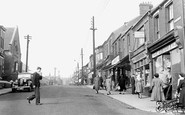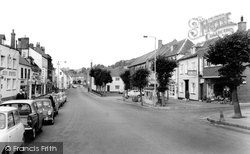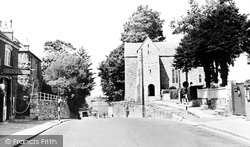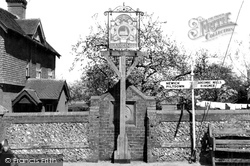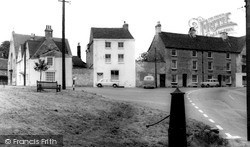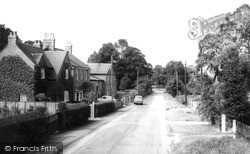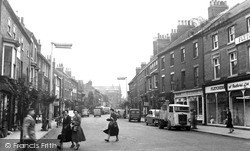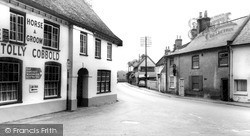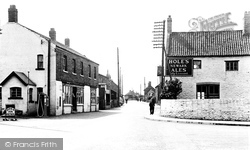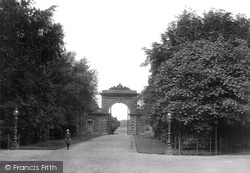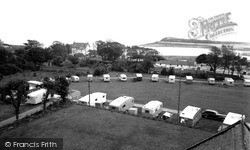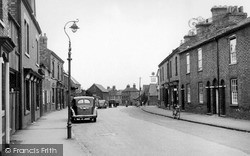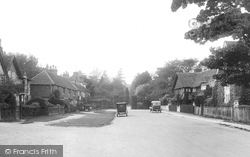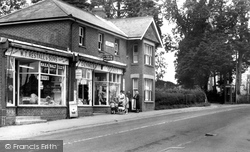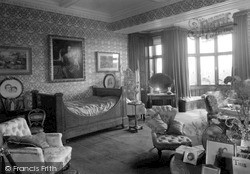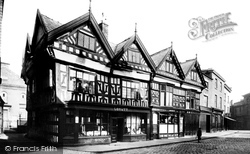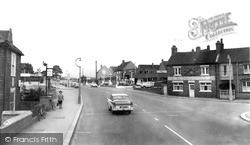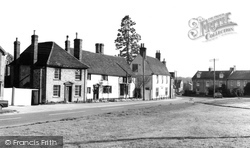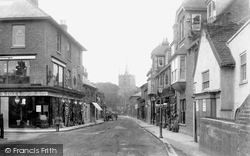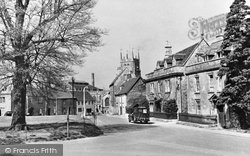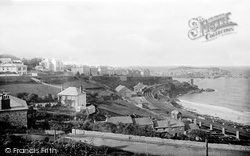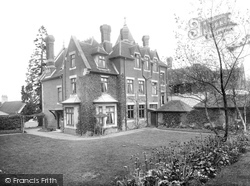Places
36 places found.
Those places high-lighted have photos. All locations may have maps, books and memories.
- Chatsworth House, Derbyshire
- Osborne House, Isle of Wight
- Brambletye House, Sussex
- Ickworth House, Suffolk
- Kingston Lacy House, Dorset
- Boscobel House, Shropshire
- Preshute House, Wiltshire
- Bolton Houses, Lancashire
- Brick Houses, Yorkshire
- Quaking Houses, Durham
- Water Houses, Yorkshire
- Bottom House, Staffordshire
- New House, Kent
- Mite Houses, Cumbria
- Lyneham House, Devon
- Church Houses, Yorkshire
- Dye House, Northumberland
- Spittal Houses, Yorkshire
- Street Houses, Yorkshire
- Tow House, Northumberland
- Halfway House, Shropshire
- Halfway Houses, Kent
- High Houses, Essex
- Flush House, Yorkshire
- White House, Suffolk
- Wood House, Lancashire
- Bank Houses, Lancashire
- Lower House, Cheshire
- Marsh Houses, Lancashire
- Chapel House, Lancashire
- Close House, Durham
- Guard House, Yorkshire
- Hundle Houses, Lincolnshire
- Hundred House, Powys
- Thorley Houses, Hertfordshire
- School House, Dorset
Photos
6,747 photos found. Showing results 1,001 to 1,020.
Maps
370 maps found.
Books
Sorry, no books were found that related to your search.
Memories
10,362 memories found. Showing results 501 to 510.
Family
My great grandmother, Mrs Burbidge lived in the house on Charwelton Hill, three fields away from the main road. Mother said a tin box was left by the road where post, bread and groceries were left. Later, in 1941 my grandfather, gran and my ...Read more
A memory of Charwelton in 1940 by
Follets
As one who was born in Kingston Hospital before WWII, I grew up not far away in Long Ditton. My job in the late 1940s was to go to Kingston Market on Christmas Eve and buy a goose for our Christmas dinner from Follets, when they ...Read more
A memory of Kingston Upon Thames in 1948 by
Falmouth Fishstrand Quay C1960s
Ah yes, I remember going with my mother to Fishstrand Quay ice house to buy mackeral and crab. It was like a huge walk-in freezer with lots of large fridge doors and had massive latches on them with lots of ice blocks ...Read more
A memory of Falmouth in 1960 by
Years Gone By From 1944 To Present Time
Hi, my name is Dot Dunn (nee Harmer). I've lived in Station Town and Wingate all my life and wouldn't want to live anywhere else and am still in contact with a lot of my school friends. I can still name all ...Read more
A memory of Wingate in 1950 by
Dulcie Ann Haines Born Dagnall Street 8/11/1948
I was born in Dagnall Street but my nan and grandad owned the house and, as most of the children got married, [there were 9 of them] most were allocated a room of their own. I was born there, the ...Read more
A memory of Battersea in 1950 by
Perivale, 1964 1994
I was born at 194 Bilton Road in June 1964 and my name was Jackie Wall. I attended Perivale Nursery School, then the infant school and followed by the middle school. I was terrified of the headmistress Mrs Charlton, but remember ...Read more
A memory of Perivale by
Jenny Brough
Harry and Margaret Coupland (my Aunt) 1949/50s they had a market stall in Hull market. I remember visiting them, Harry had a large greenhouse in the garden full of tomatoes. Son, Peter and wife moved from a nissen hut into a ...Read more
A memory of Kingston upon Hull in 1940 by
Always A Colliery Lass
I was born late 1959 at Little Thorpe Maternity Hospital. I lived in Arthur Street with my parents Alan and Ada Robson and my newly widowed grandfather Bob Mckee. My grandmother, Lizzie, sadly passed away a year ...Read more
A memory of Easington Colliery in 1964 by
Lost Village Of East Holywell
I was born in East Holywell in 1946 and lived at 24 North Row. By then there were only 2 rows of houses left. We lived with my grandmother, Eva Barnfather, who had been there since the turn of the century. Like my ...Read more
A memory of East Holywell in 1950 by
Growing Up In Wandsworth
As a young schoolboy I lived in Wandle House off Garrett Lane which was owned by Peabody estates at that time. So, taking a walk from there, I can remember the rag and bone carts passing on their way home to the other end ...Read more
A memory of Wandsworth in 1960 by
Your search returned a large number of results. Please try to refine your search further.
Captions
6,914 captions found. Showing results 1,201 to 1,224.
The lower end of West Street, looking westwards, has all manner of public houses from the Sun Hotel (left) to the Lily Hotel. Between them are the showrooms of Bridport Motors.
The view is northwards from North Street, down to the sign of the former Lord Nelson public house (centre). The garage of Northover and Company, coach-builders, is at No.75 (left).
We are on the navigable River Ouse and an old Roman road. The flint-built church of St Mary is over-restored, with little of the original remaining. Court House is an altered 15th-century hall-house.
Once the centre of the Anglo-Saxon village, the Green is overlooked by houses mostly dating from the 16th and 17th centuries.
The road was named after Viscountess Southwell, who used to live at France Hill House in France Hill Drive; the house is now used for adult education.
The car is parked outside the former Congregational chapel, dated 1822, and converted to housing.
Its most famous building is the Governor's House, a 16th-century timber-framed house with three storeys of coved jetties.
Grove Street runs east from the Market Square, a mix of 18th- and 19th-century buildings, and a mix of shops and houses.
The dark façade hides an 18th-century timber-framed house. Set back behind the railings beyond is The Rosery, a red brick house of c1750, which stands opposite the parish church.
The house is now known as Glendower House and is a guesthouse.
Although designated as the main entrance to the parkland surrounding Lytham Hall, these impressive gates do not represent the most direct route to the house.
Situated to the right, beyond the low white building (later to become the Captain's Wife public house) is Sully Island.
The red brick village, which has expanded to become interesting rather than beautiful, has excellent examples of Leicestershire vernacular, from the 17th-century Stuart House in Station Street to the
The Poor House (left) was built at the direction of Sir Robert Hitcham (d1636) who owned the castle. The gable wing dates from 1637, and the remainder from 1729.
This attractive cul-de-sac running north to the gates of Merstham House, where rampant lion statues guard the way, acquired its name as a joke.
It became a parish in 1880, but before the local vicar gave it a name and an identity of its own, it was little more than a scattered collection of houses and cottages.
The house itself is no longer the residence of the heirs to the extinct earldom; it has recently been bought and fully restored as one of Warner Holidays Ltd's Historic Hotels.
Here we have a closer look at the four-gabled house in picture 42179 (pages 16-17) – it originally comprised two houses.
Compare this view with No O45043, and note the cottage on the right with the broad light-coloured band above the front door running across the house front. This building appears in both pictures.
The brick house on the left belonged to the blacksmith, with the forge behind. A house has since been built in the yard. To the right is the Grape Vine of c1520, with 20th-century pargetting.
The rendered house on the right, with its 16th-century gabled wing, fell into decline and was subsequently demolished.
On the right with the railings are two fine examples of clothiers' houses from the mid 17th century, re-fronted and altered in the late 18th century.
Seine fishing boats are drawn up on Porthminster Beach (right), and an old engine house stands on Pedn Olva Point.
The picture shows the headmaster's house and garden. Since the garden is on two different levels, it provided an excellent venue for open-air theatrical productions by school pupils.
Places (80)
Photos (6747)
Memories (10362)
Books (0)
Maps (370)




